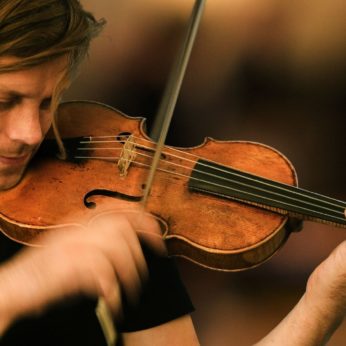And to sum it all up, I perceive everything I say as absolutely true, and deficient in nothing whatever, and paint it all in my mind exactly as I want it to be. Don Quixote, Cervantes.
Once upon a time there was an old man who dreamed of noble deeds… Unlike Don Quixote, the protagonist of Cervantes’ epic novel, Telemann faced his last years with the same pragmatism and intellectual focus that had marked his career. Though four years older than his peers Bach and Handel, Telemann had proved more receptive to new trends than either. He had composed in every major musical genre and form, through the age of high baroque to the style galant of C.P.E. Bach and other early classical masters. His knowledge of the arts was broad and profound, and Telemann was known as a competent poet, publishing numerous sonnets and poems, sometimes under the pen name “Melante”. In his eighties Telemann composed two works based on Cervantes’ heroic satire: in 1761 Don Quichotte auf der Hochzeit des Comacho, a serenata based on an episode from the novel, and six years later Burlesque de Quixotte, a light hearted orchestral suite to salute the wayward knight.
The Suite opens with a grand Overture in the French style, with stately dotted rhythms giving way to busy imitative patterns. Already the joke is on our hero, whose dignified passage is interrupted by string glissandi the braying of Sancho Panza’s donkey. Don Quixote’s Awakening continues the descriptive theme, with a pulsing motif in the violins to suggest the snoring of the knight. Incisive octave leaps and busy passage work characterise His Attack on the Windmills, while Sighs of Love for the Princess Dulcinea relies on a gorgeously exaggerated leaning note motif. By contrast, Sancho Panza Mocked has forthright downbeats, a brisk rustic melody and plenty of donkey hee-haws. Rosinante’s Galloping is evoked in sprightly compound rhythms, while The Galloping of Sancho Panza’s Mule meekly follows in a placid measure. The Suite ends with Don Quixote’s Sleep, in which the knight’s tempestuous imaginings are celebrated in a jovial country dance which fades away, back to the realm of dreams.
